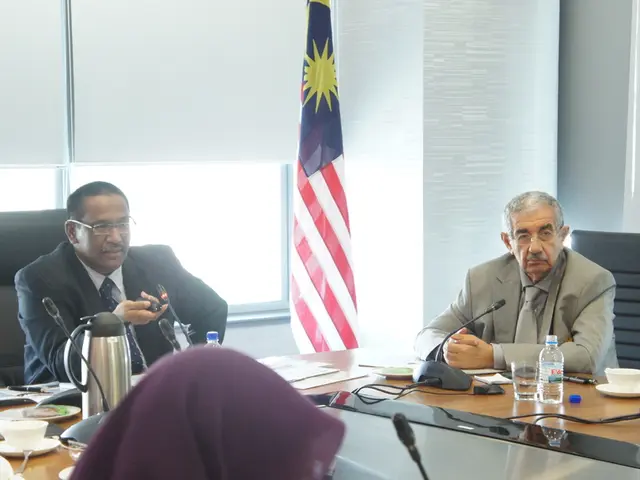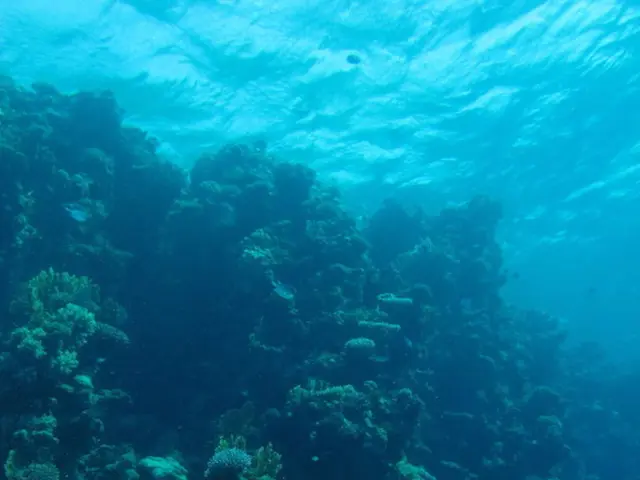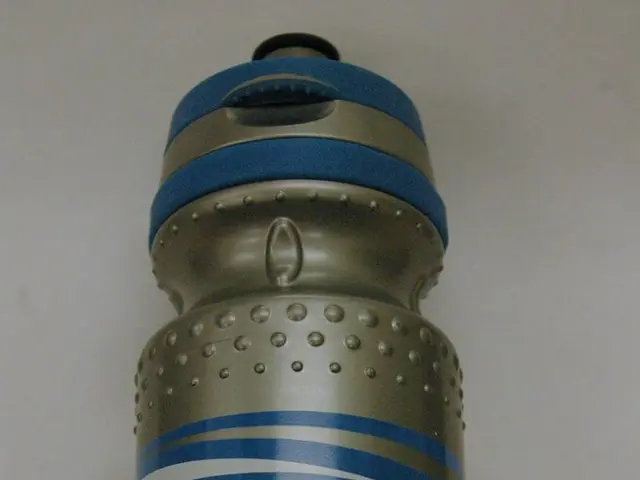Renaturing Rivers Can Significantly Reduce Greenhouse Gas Emissions
Renaturation of rivers and floodplains can play a significant role in reducing greenhouse gas emissions, according to recent findings. This approach, which involves reconnecting floodplains to act as carbon sinks, can moderately to significantly contribute to lowering the impact of climate change.
The process of decomposition in water bodies converts carbon and nitrogen into potent greenhouse gases like methane and nitrous oxide. Methane, in particular, is almost 30 times more harmful to the climate than carbon dioxide. These gases escape into the atmosphere or are stored in sediment, which can later be released due to natural relocation processes.
Water bodies naturally absorb carbon from the atmosphere, storing it in sediments and transporting it via rivers to the seas. However, human-made modifications like straightening, deepening, damming, and reinforcing restrict this process, affecting 86% of water bodies. Organic material accumulation in backwater areas of weirs and dams also produces greenhouse gases during decomposition, reducing the climate-friendly potential of hydropower plants.
Organizations like the Deutsche Vereinigung für Wasserwirtschaft, Abwasser und Abfall e.V. (DWA) and the Leibniz-Zentrum für Agrarlandschaftsforschung (ZALF) are assessing greenhouse gas emissions related to water areas in Germany. The DWA publishes guidelines on emissions from wastewater treatment, including water surfaces, while ZALF provides scientific expertise on agricultural landscapes and water. The Naturschutzallianz, supported by the German Federal Ministry for the Environment (BMUV), also promotes climate adaptation measures that can include water-related ecosystem assessments.
Previous inventories have underestimated emissions from water bodies, indicating a higher potential for emissions than previously thought. To mitigate this, renaturation, reducing nutrient inputs, and avoiding backwater areas are effective strategies in avoiding greenhouse gas emissions from water bodies.
In conclusion, protecting and restoring water ecosystems is crucial for reducing greenhouse gas emissions and adapting to climate change. This not only helps achieve the goal of the European Water Framework Directive but also contributes to a healthier environment. By understanding and addressing the role of water bodies in greenhouse gas emissions, we can develop more effective strategies for combating climate change.
Read also:
- Oklo and Centrus to Build First U.S. Nuclear Fuel Recycling Plant in Tennessee
- Whale Sharks Reveal Gulf's Health: Males Return to Feeding Grounds
- Home Pest Control Methods with an Emphasis on Environmental Friendliness in the Year 2024
- Prisoner's Plight: Arizona's Scorching Temperatures Put Inmates at Risk






